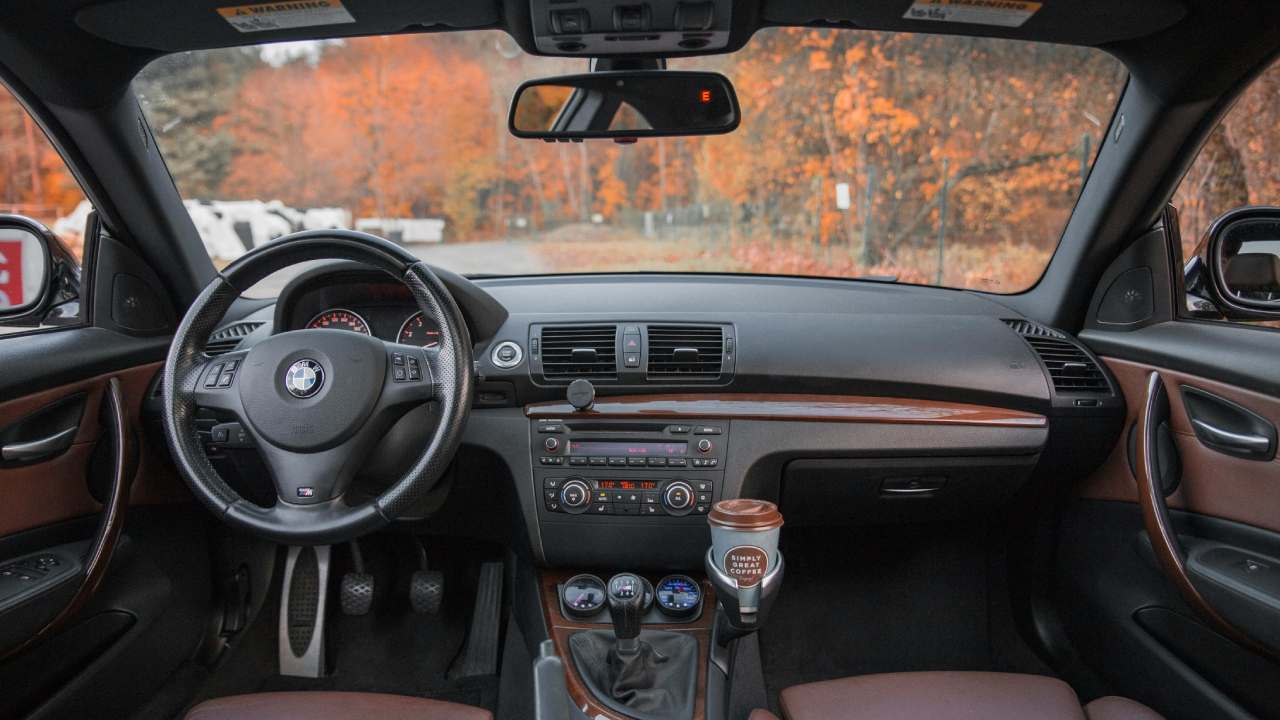When you own a car, problems are inevitable. But here’s the good news—not all car issues require an expensive trip to the mechanic. Some can be diagnosed and even fixed right at home, saving you time, hassle, and money.
Whether you’re a seasoned DIY enthusiast, a first-time driver, or simply a car owner looking to stay informed, knowing how to handle common car issues is an indispensable skill. This guide will help you recognize common problems, provide step-by-step DIY solutions, and identify situations when professional help is necessary.
Buckling up? Great—by the end of this guide, you’ll feel more confident about tackling car troubles on your own.
Part 1: Diagnosing Common Car Problems
It all starts with recognizing that something isn’t quite right. Your car is full of warning signs—it just takes a little know-how to understand them.
1.1 How to Spot Common Warning Signs
Many car issues manifest through unusual sights, sounds, or sensations. Here’s how to recognize some of the most frequent symptoms your car might be in trouble.
- Dashboard Warning Lights: Pay close attention to lights such as the “check engine” or “battery” indicator. These are often the first sign of trouble.
- Unusual Noises: Listen for grinding, screeching, or knocking sounds from your engine or brakes.
- Power or Performance Issues: Experiencing sluggish acceleration, trouble starting your car, or frequent stalls? These are often critical indicators.
- Visible Leaks: If you spot liquids pooling under your car, this could indicate anything from an oil leak to a coolant issue.
1.2 Common Issues Demystified
Below are three of the most common car issues and tips on how to diagnose them.
Battery Failure
A car that won’t start is frustrating, and a dead battery is often the culprit. Signs include:
- Dim headlights
- Clicking noises when you attempt to start your car
- A complete lack of response when you turn the key
A quick way to test: Turn on your interior lights or use a multimeter to check the voltage. A reading lower than 12 volts indicates a weak or dead battery.
Engine Overheating
If your temperature gauge is creeping into the red zone, your engine may be overheating. Other symptoms include steam from the hood or a sweet smell (which often points to leaking coolant).
Strange Engine Noises
Pinging or knocking sounds from your engine could reveal deeper issues like improper fuel mixture or damaged spark plugs. Ignoring these noises can worsen the underlying problem.
1.3 The Role of Preventative Maintenance
Regular maintenance like checking fluid levels and replacing worn parts can significantly reduce the likelihood of these issues. Think of it as giving your car a routine health check.
Part 2: DIY Fixes for Common Car Problems
Once you’ve diagnosed the issue, the next question is whether you can fix it yourself. Many common car problems can be tackled at home with basic tools and a little guidance.
2.1 How to Change a Flat Tire
Flat tires are among the most common and easily fixable car issues. Here’s how you can change one in 6 simple steps:
- Pull over safely and turn on your hazard lights.
- Loosen the lug nuts with a wrench (but don’t remove them yet).
- Use a jack to lift the car until the flat tire is off the ground.
- Remove the lug nuts and take off the damaged tire.
- Place the spare tire on the wheel hub and tighten the lug nuts by hand.
- Lower the car and fully tighten the lug nuts using the wrench in a crisscross pattern.
2.2 How to Jump-Start a Dead Battery
To jump-start your car, you’ll need jumper cables and a functioning vehicle nearby. Follow these steps carefully to avoid damage to your car’s electrical components.
- Connect the positive clamp to the positive (+) terminal of the dead battery.
- Attach the other positive clamp to the positive terminal of the functioning car.
- Connect the negative clamp to the negative (-) terminal of the working battery.
- Attach the final negative clamp to an unpainted metal surface on your car’s frame, away from the battery.
- Start the working car and run it for a few minutes, then try starting your car.
2.3 Replacing Brake Pads
Worn-out brake pads can compromise your safety. Here’s a simplified guide to replacing them:
- Loosen the lug nuts and remove the wheel.
- Remove the caliper bolts from the brake assembly.
- Slide out the old brake pads and replace them with new ones.
- Reattach the caliper and ensure all bolts are secure.
- Mount the wheel back and tighten the lug nuts.
2.4 How to Change Your Engine Oil
Changing your engine oil is one of the most effective ways to keep your car running smoothly.
- Park your car on a level surface and unscrew the drain plug to release the old oil.
- Replace the oil filter with a new one.
- Reattach the drain plug and fill the engine with new oil, checking levels with the dipstick.
Important Note
Before undertaking any DIY repair, consult your car’s manual for manufacturer-specific instructions and safety tips.
Part 3: When to Seek Professional Help
While DIY repairs are rewarding and cost-saving, some car problems require the expertise of a professional mechanic.
3.1 Signs It’s Time to Call a Pro
- Persistent Problems: If an issue persists or worsens despite your attempts to fix it, professional help is necessary.
- Complex Repairs: Issues like transmission failure, advanced electrical malfunctions, or major structural damage are best left to experts.
- Lack of Tools or Confidence: If you lack the right tools or don’t feel confident conducting a repair, don’t risk it—it’s not worth damaging your car further.
3.2 How to Choose a Reliable Mechanic
To find a trustworthy mechanic or repair center, consider the following tips:
- Look for certifications like ASE (Automotive Service Excellence).
- Read reviews from other customers.
- Ask for clear, written estimates before approving any work.
Building a good relationship with a mechanic can save you stress and ensure fair service in the long run.
Take Control of Your Car Maintenance
Owning a car comes with its share of challenges, but diagnosing and fixing common problems doesn’t have to be daunting. By learning some basic DIY repairs and knowing when to turn to a professional, you can save time, money, and unnecessary stress.
Remember, regular maintenance and attention can help prevent many car issues from occurring in the first place.
If you found this guide helpful, share it with fellow car owners or budding DIY enthusiasts. For more tips, tricks, and guides on car maintenance, subscribe to our mailing list today.


